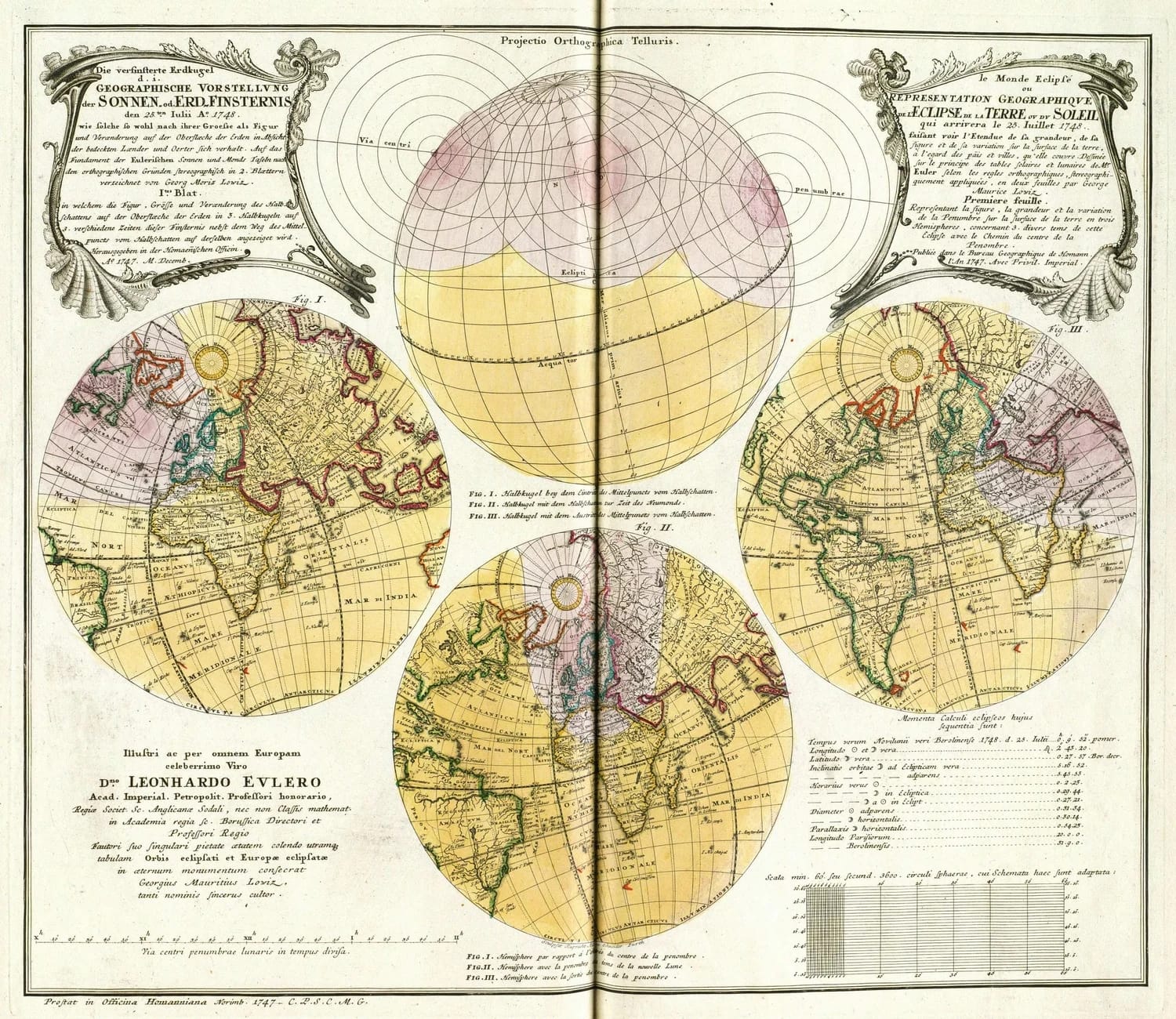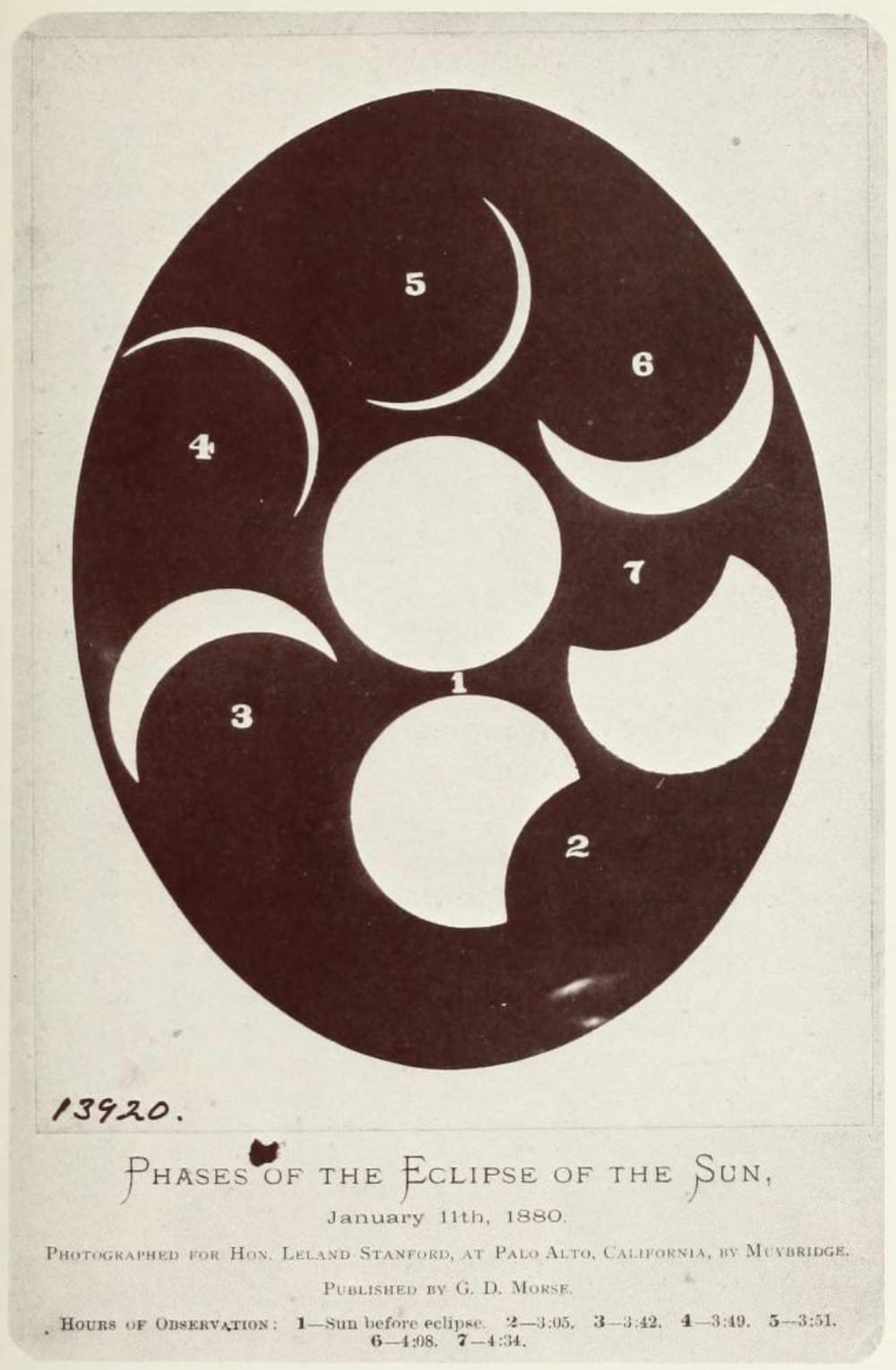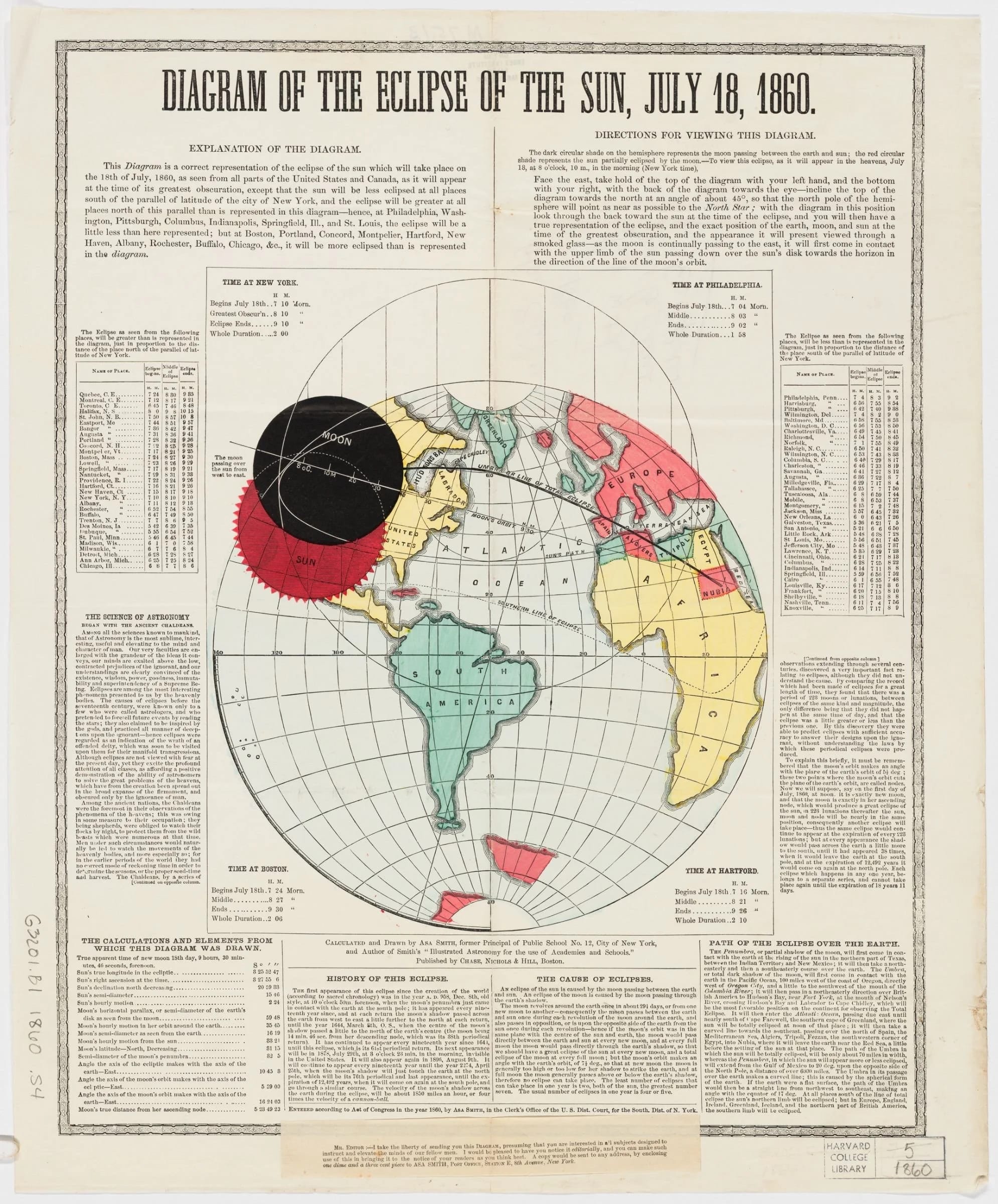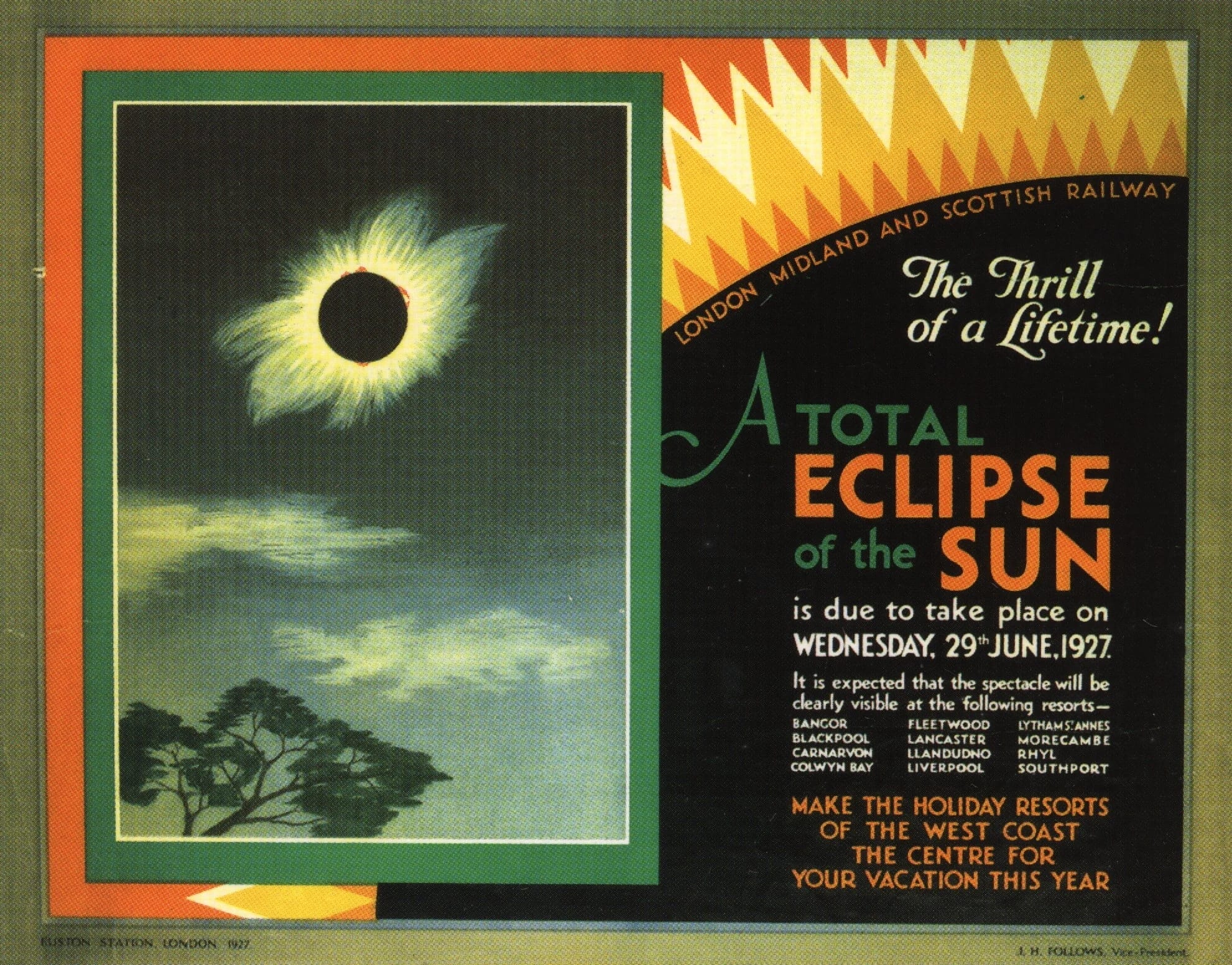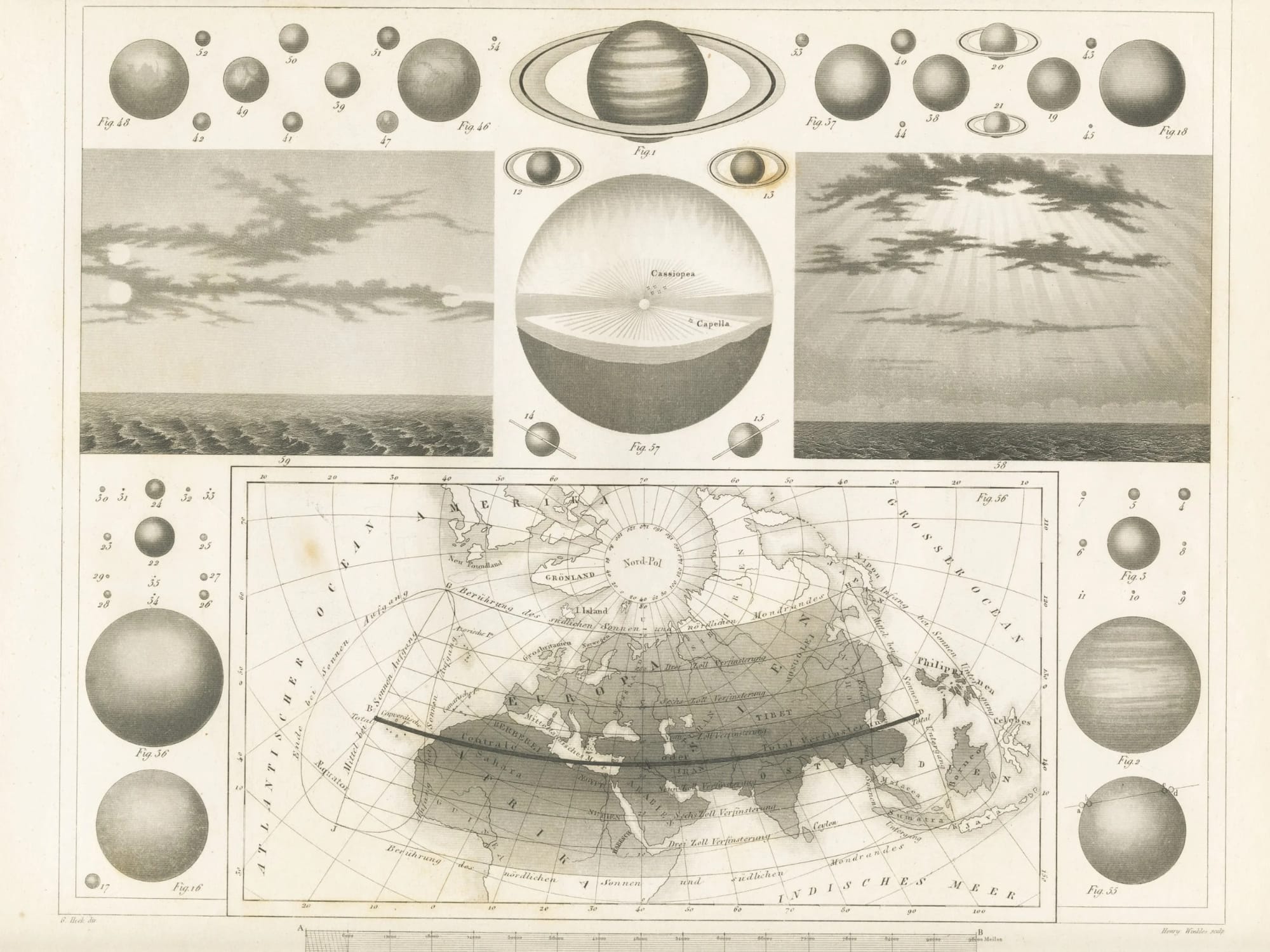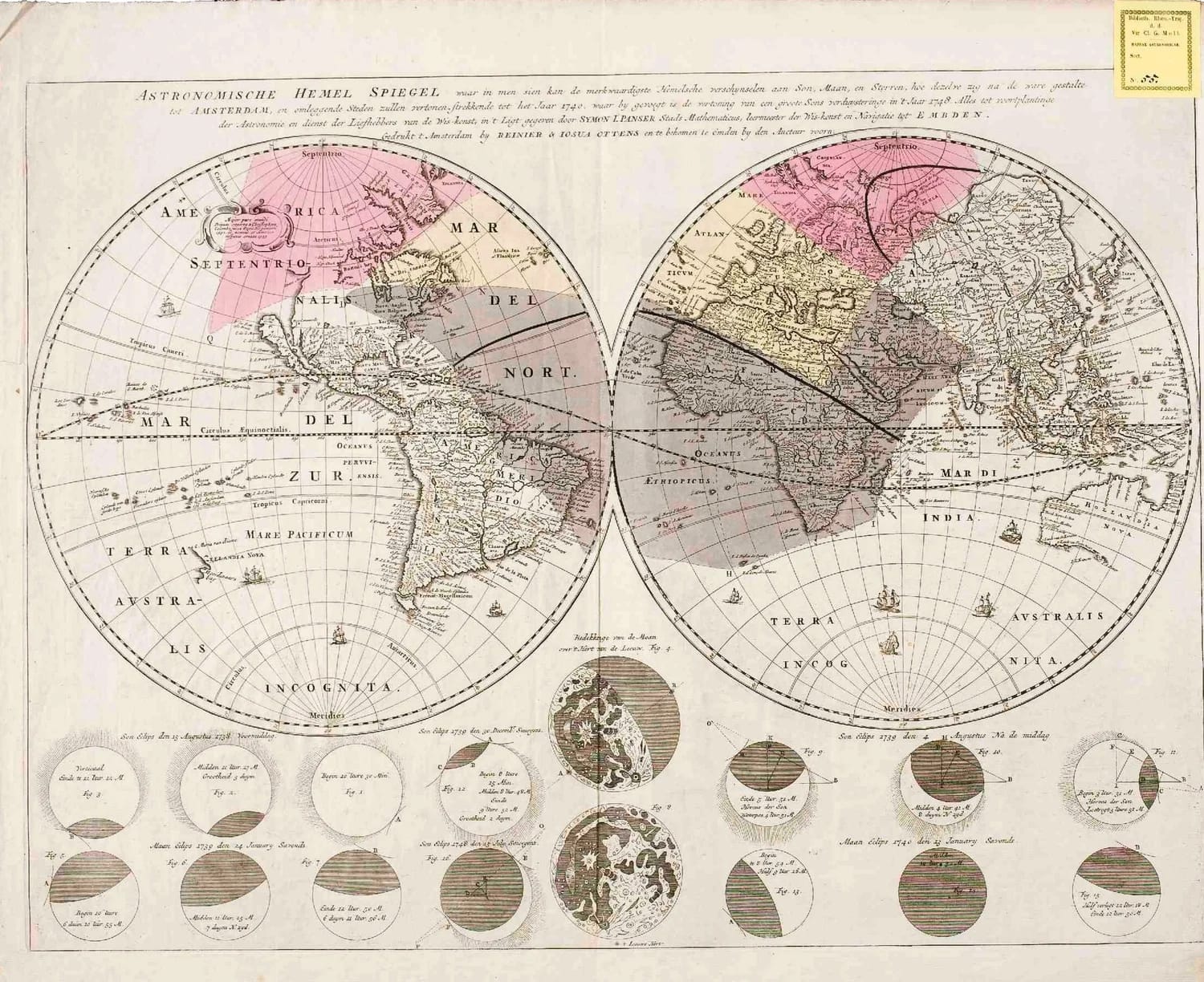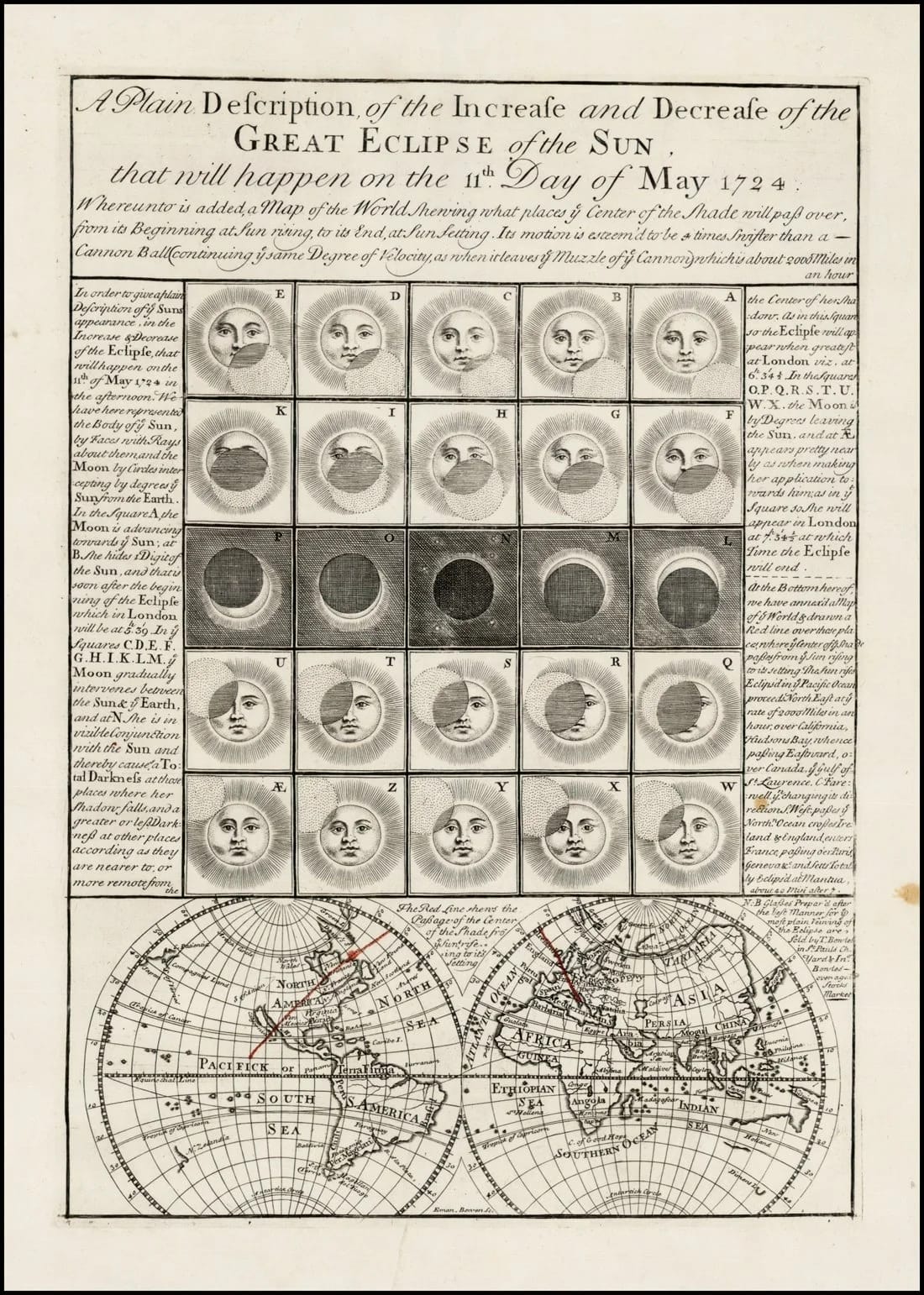‘A Sense of Wonder’ Chronicles Six Decades of Joel Meyerowitz’s Intimate Street Photography

Working as an art director in New York City in 1962, Joel Meyerowitz was tasked with designing a booklet, the imagery for which was shot by Swiss-American photographer Robert Frank. Knowing very little about photography or the acclaimed documentarian, Meyerowitz’s life and career were nevertheless indelibly altered during that collaboration.
“When I watched him work, something transformed in me,” Meyerowitz says in an interview with SKIRA CEO Catherine Castillon. “I understood that time and instinct were the resources of photography.”
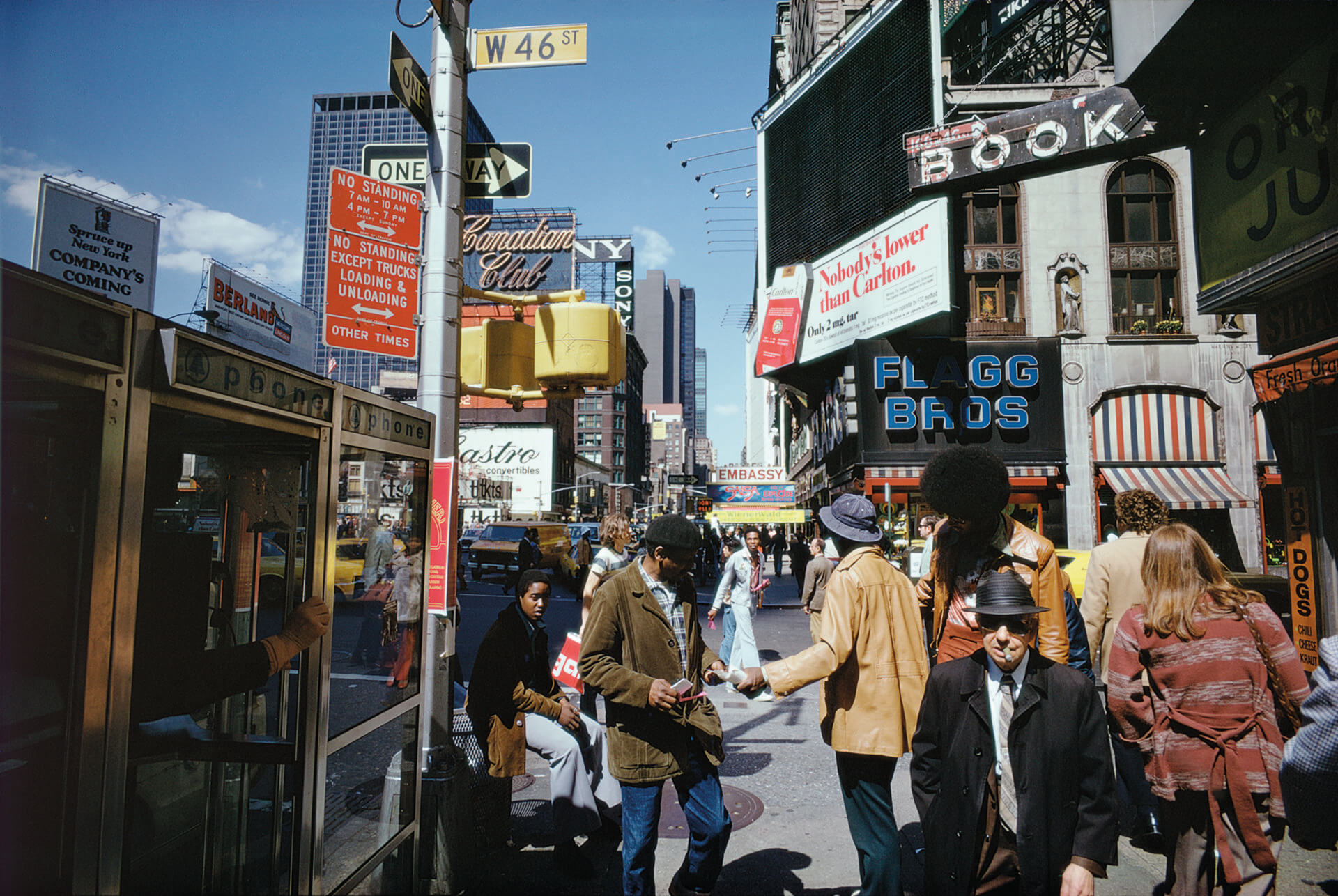
Meyerowitz returned to the agency he worked for and announced he’d be leaving to take up photography, even though he didn’t yet own a camera. His boss removed a Pentax from his desk drawer and handed it over. After purchasing a couple rolls of film from a local camera store and reading how-to instructions on the spot, Meyerowitz took his first photo from a Manhattan street corner, unwittingly spurring a lifelong career.
A Sense of Wonder, forthcoming from SKIRA, chronicles the prolific photographer’s work over the course of six decades. The volume highlights more than 90 images that helped redefine street photography through his unique and pioneering “use of color to interpret and fully capture the complexity of the modern world,” the publisher says.
No matter his subject, from throngs of people on city sidewalks to empty residential streets, Meyerowitz emphasizes the fundamental experience of seeing—empathetically observing and immersing himself in daily life in order to capture fleeting, unique, intimate moments.
Along with the hustle and bustle of 1960s brownstone stoops and busy airports, he also captures atmospheric settings like quiet city mornings and empty pools. In 2001, his striking images of the decimated World Trade Center offer a raw glimpse of the destruction.
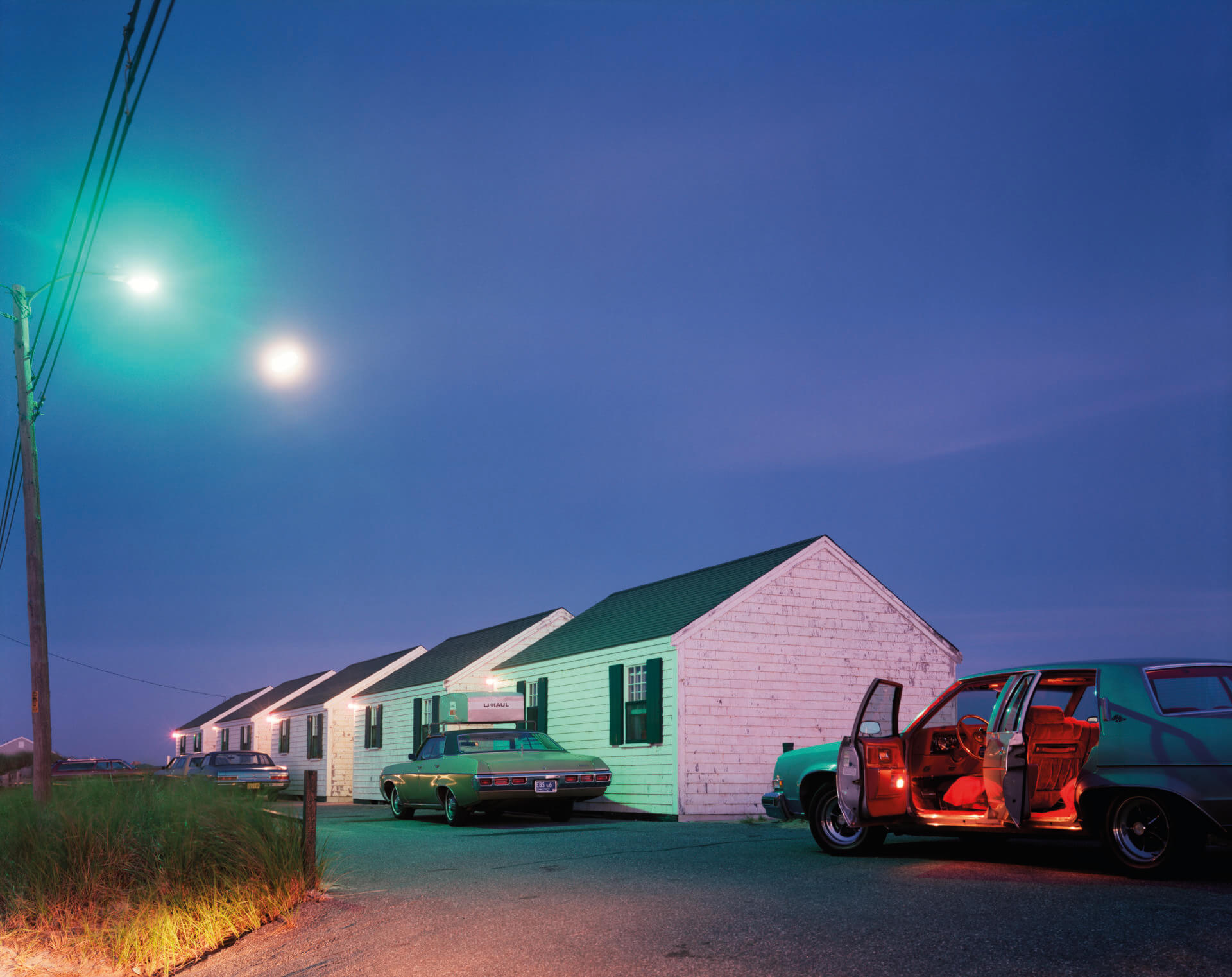
“Joel Meyerowitz is gifted with rare and special receptors,” says Denis Curti in the book’s introduction. He continues:
Walking along the city sidewalks, he observes the movements of the crowd from the inside; his point of view is “being there,” since so many unpredictable events can be captured in a single frame to structure a renewed process of meaning in photography. In this way, he reveals the hidden aspects of places, people, and life itself, illuminating the dark corners of the social and cultural languages of our time.
A Sense of Wonder is out on September 30. Pre-order your copy on Bookshop, and explore more of Meyerowitz’s work on his website.
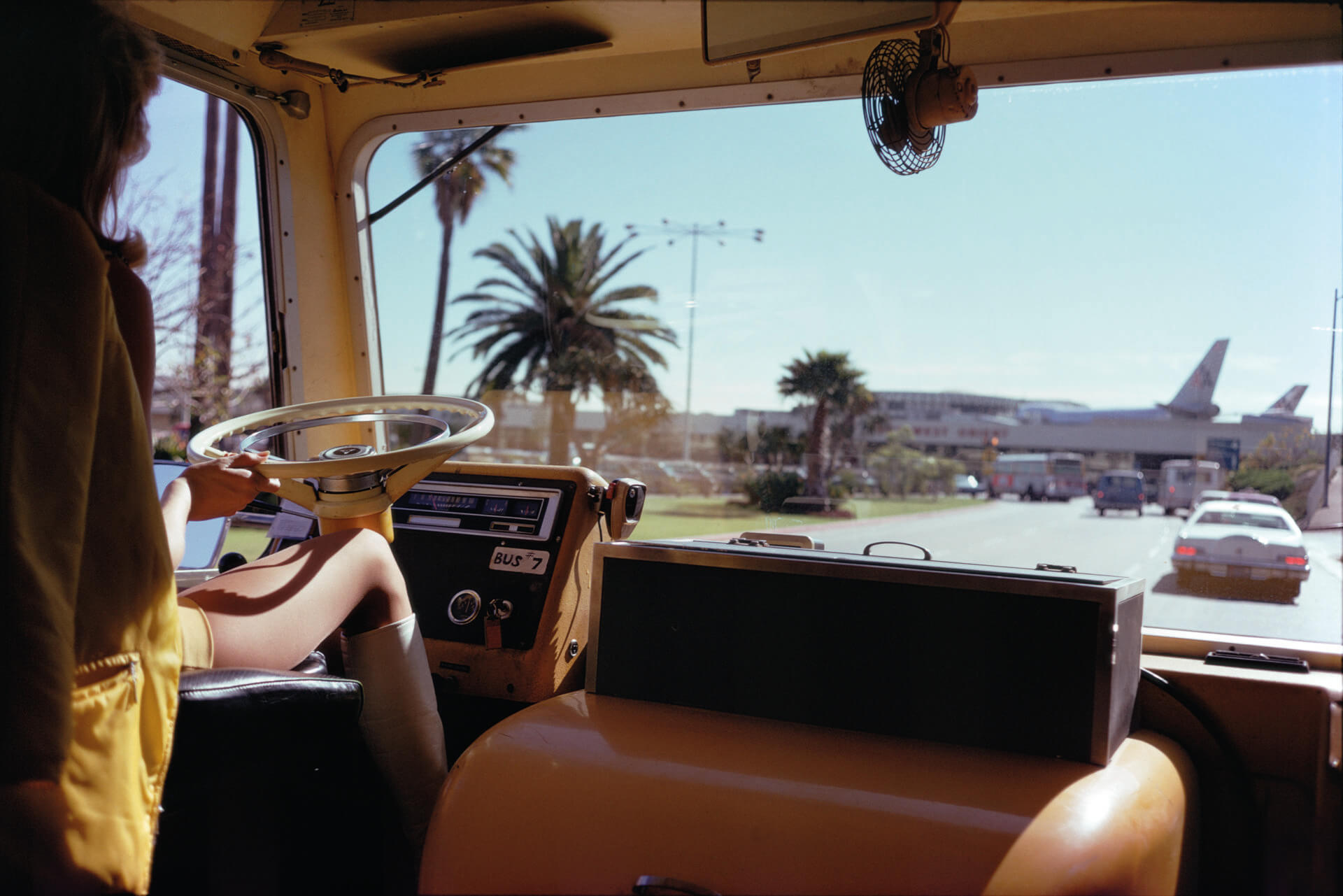
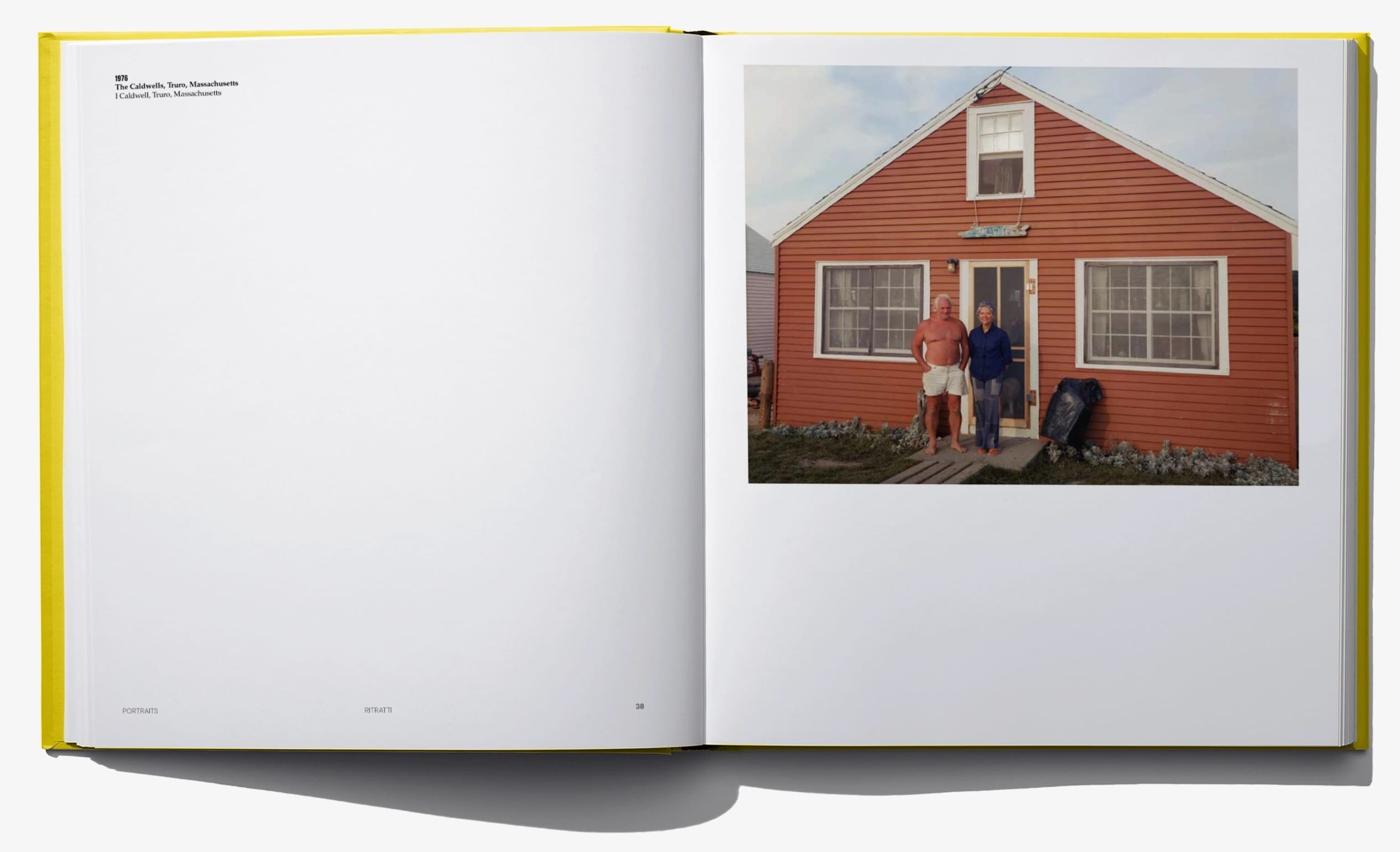
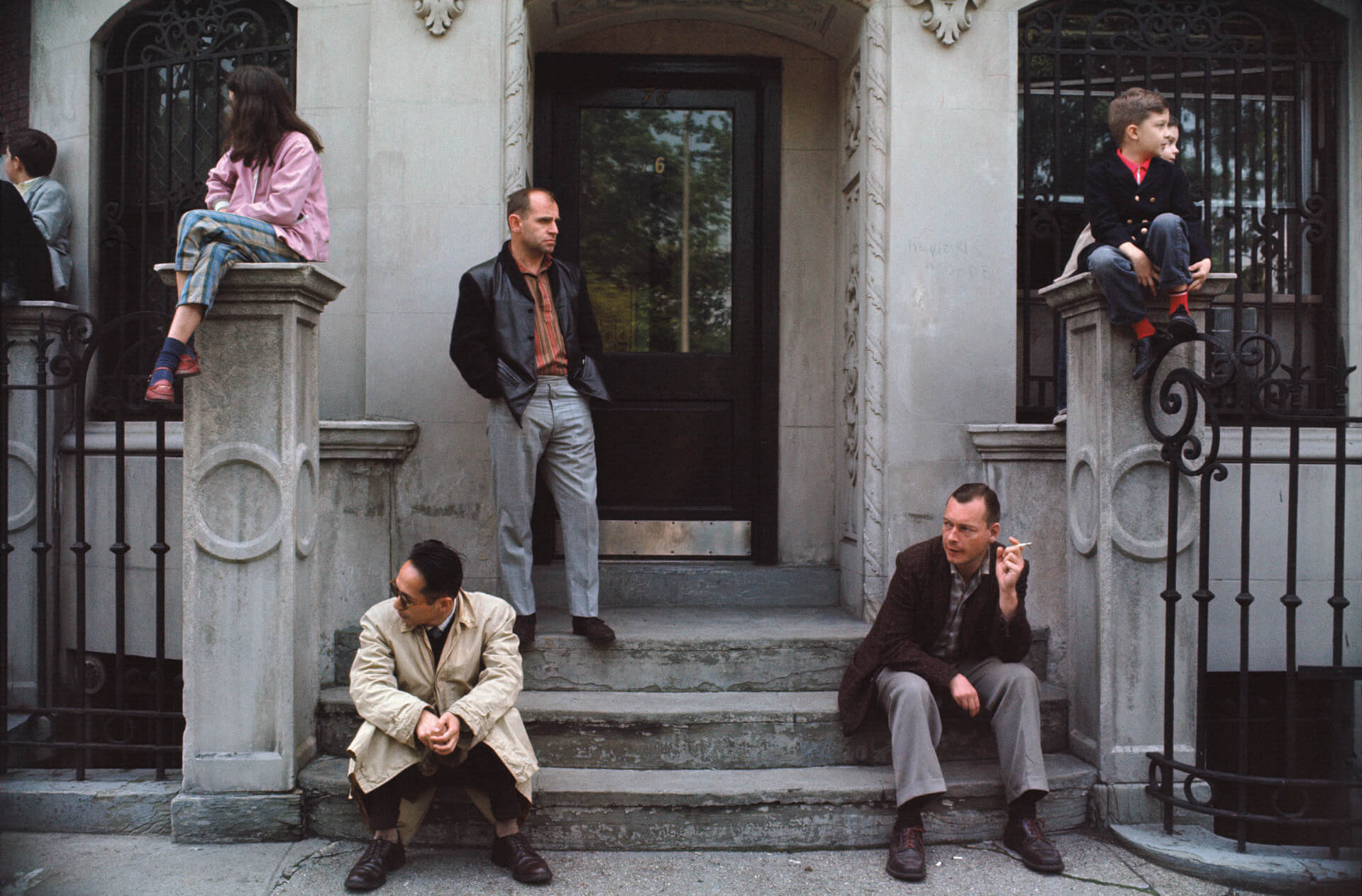
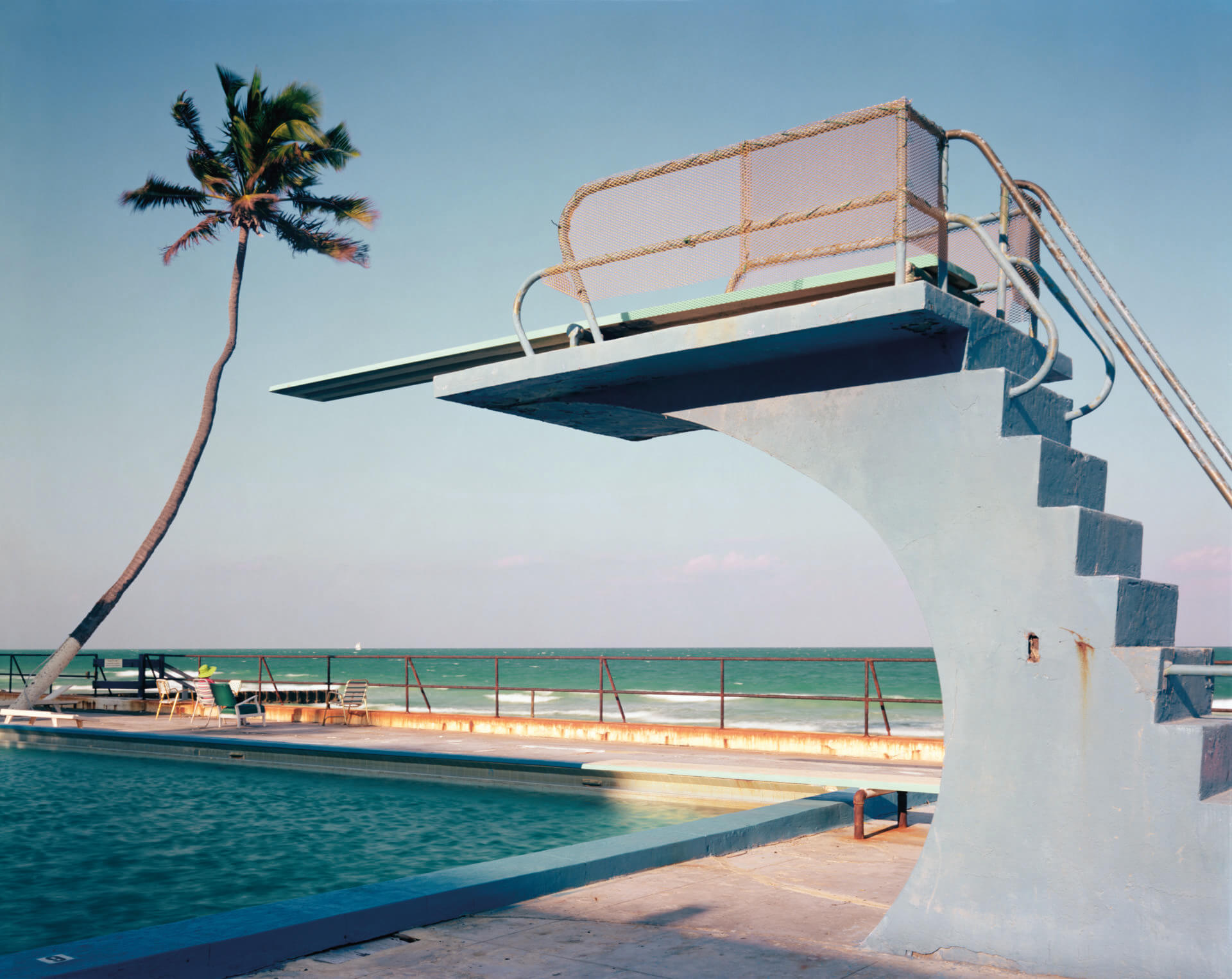
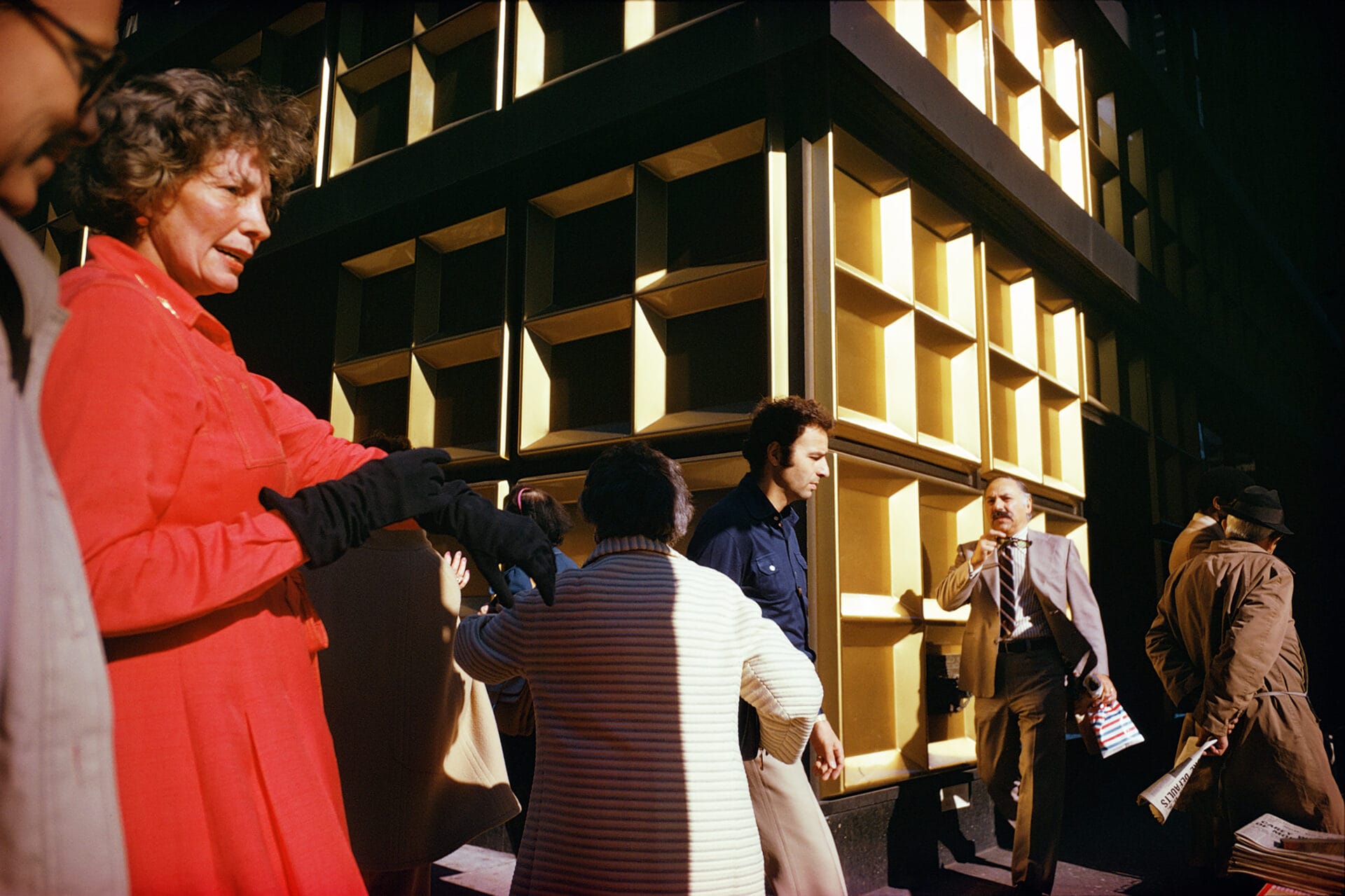
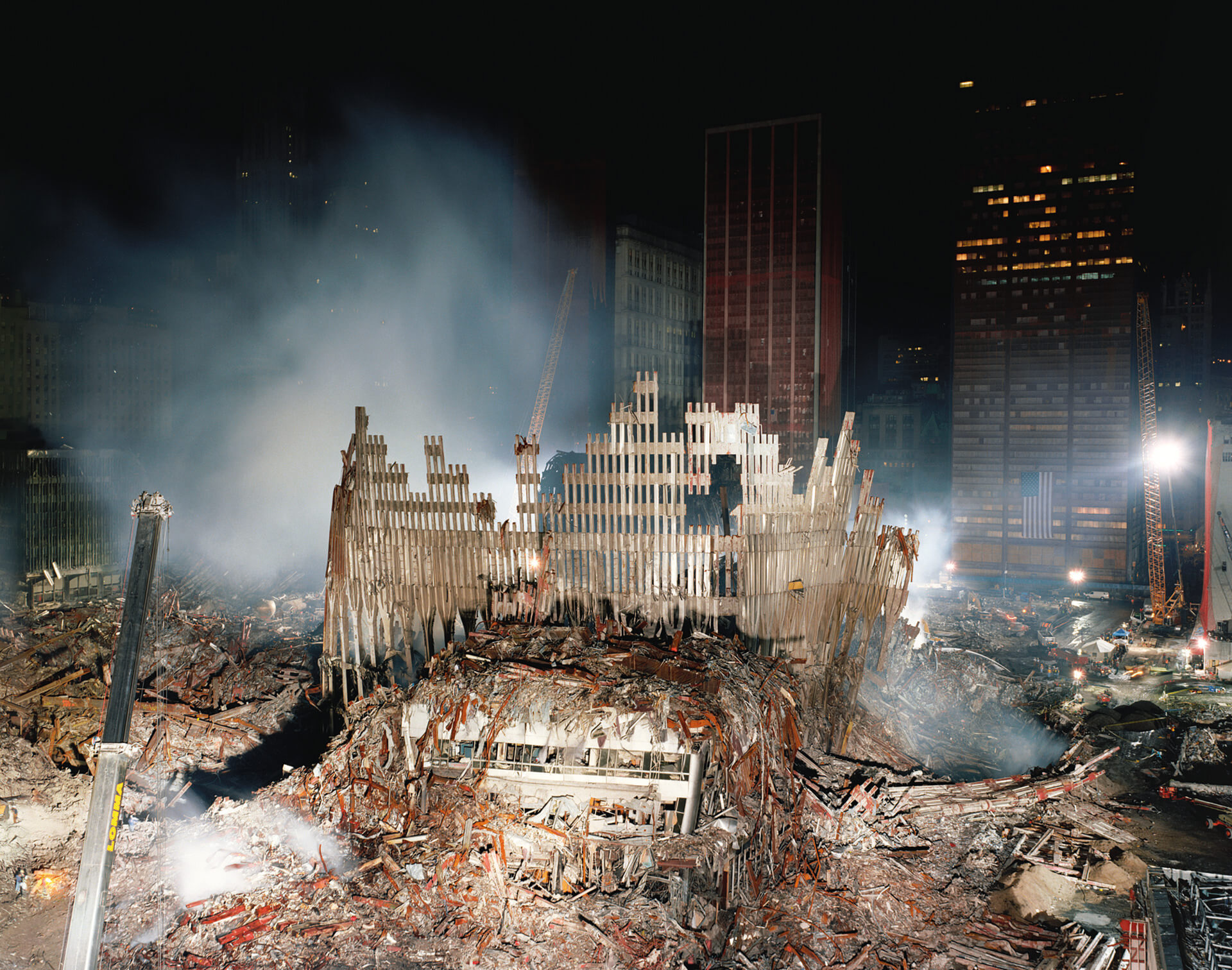
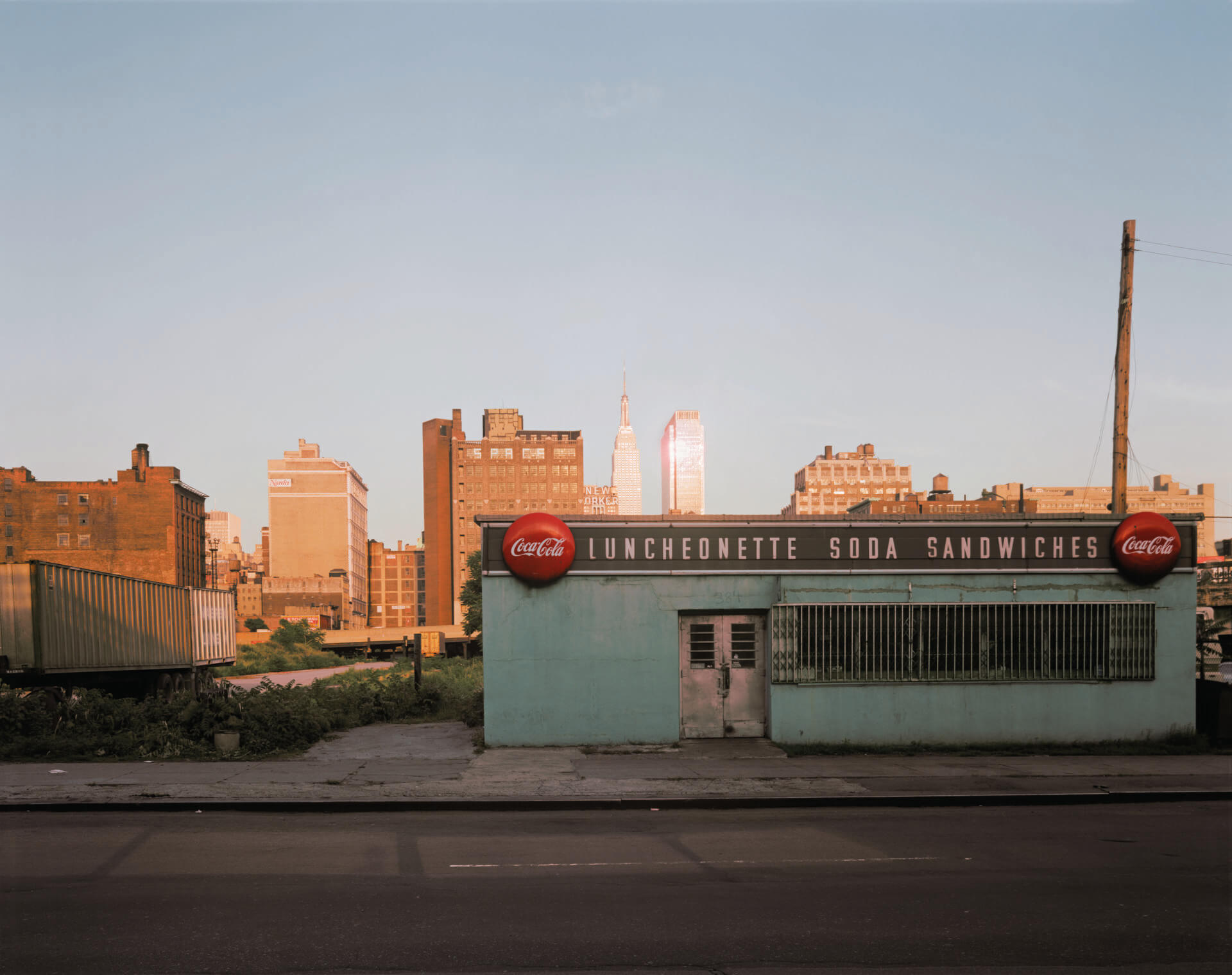

Do stories and artists like this matter to you? Become a Colossal Member today and support independent arts publishing for as little as $7 per month. The article ‘A Sense of Wonder’ Chronicles Six Decades of Joel Meyerowitz’s Intimate Street Photography appeared first on Colossal.

